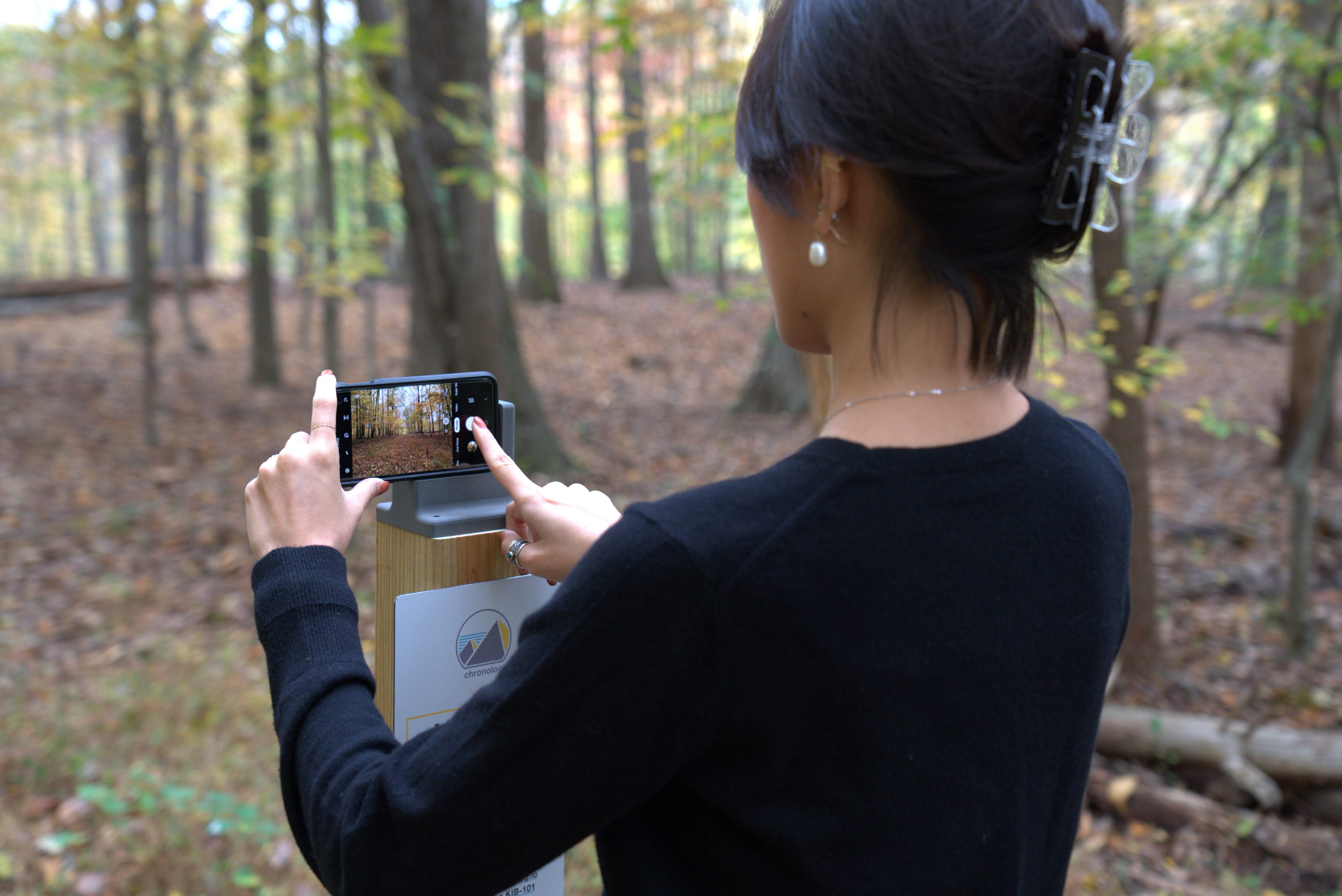
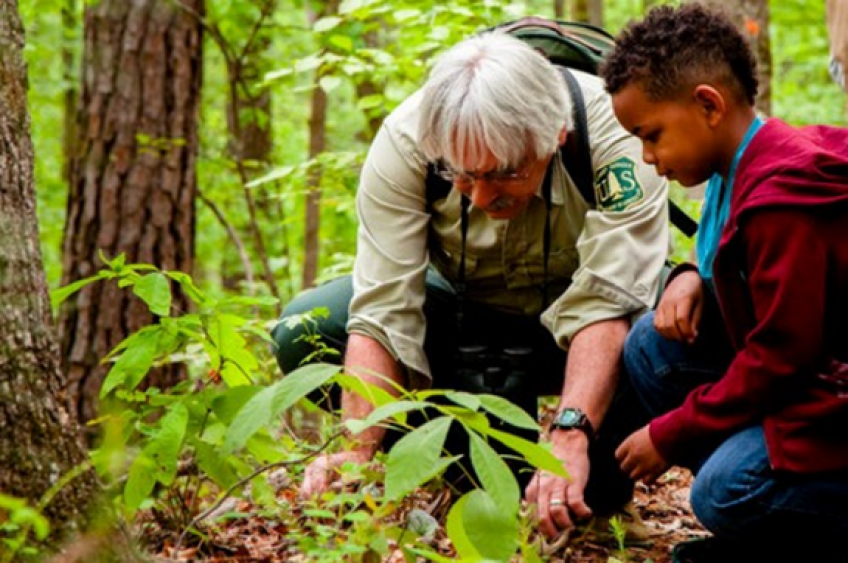
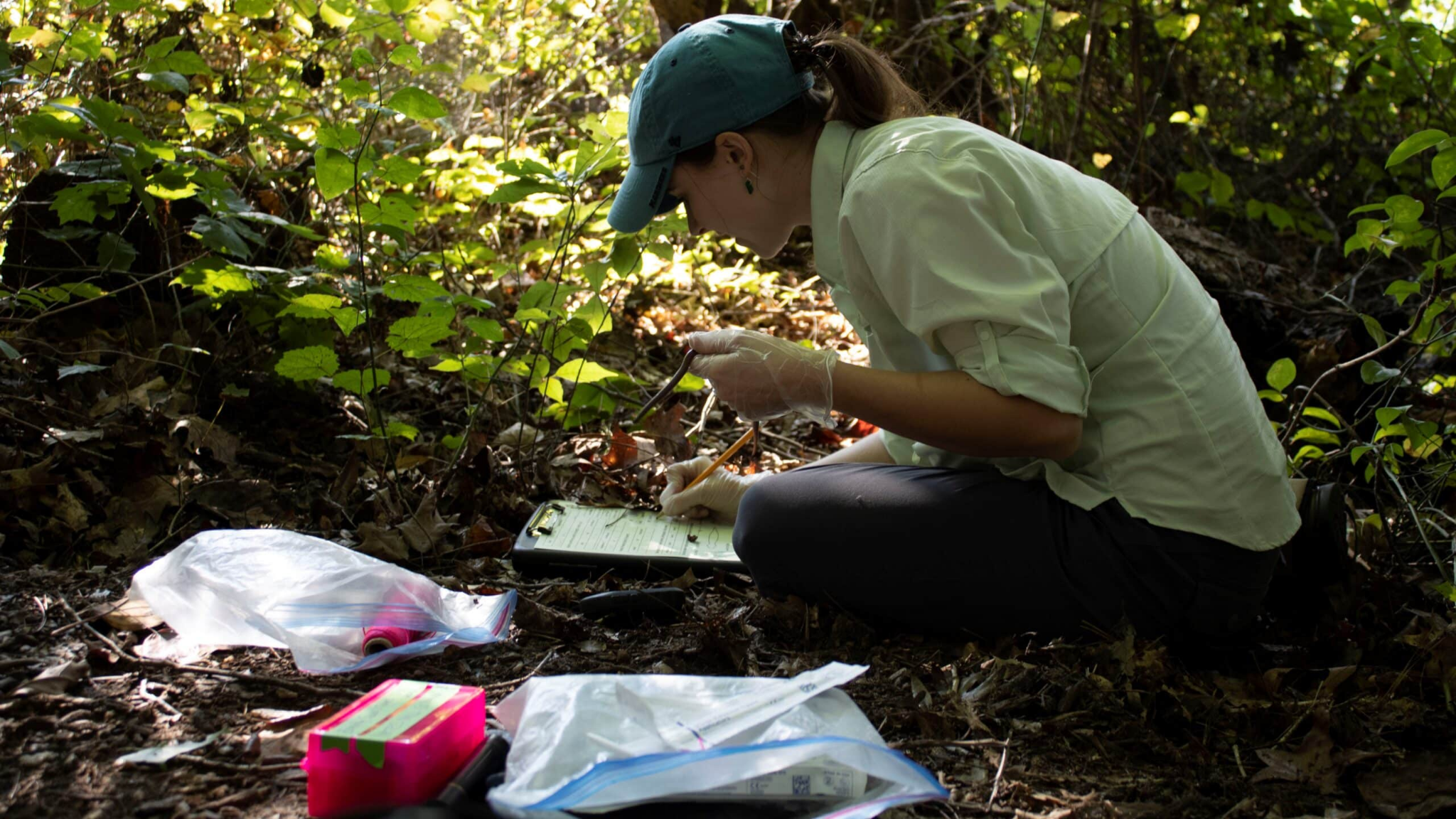
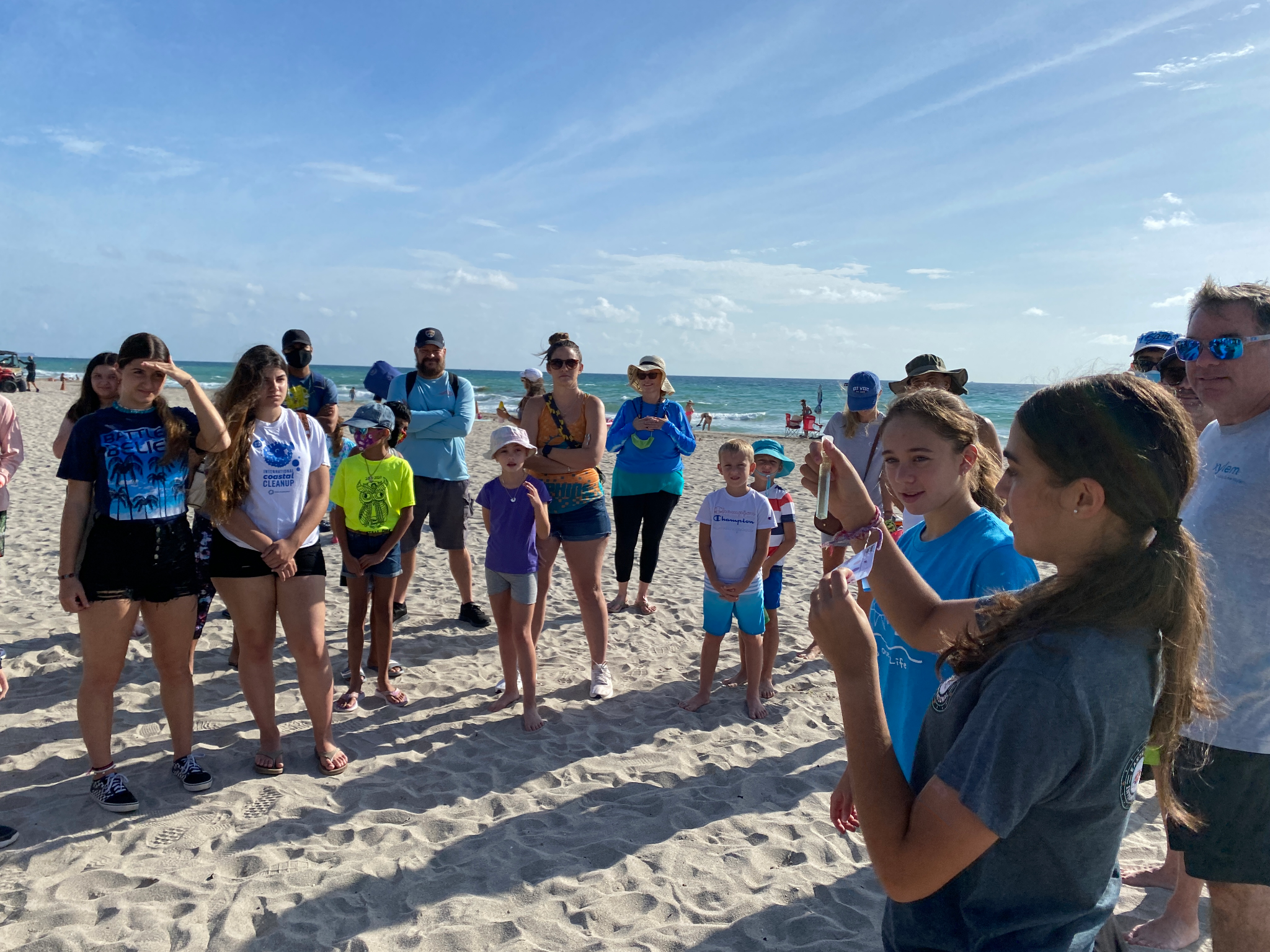
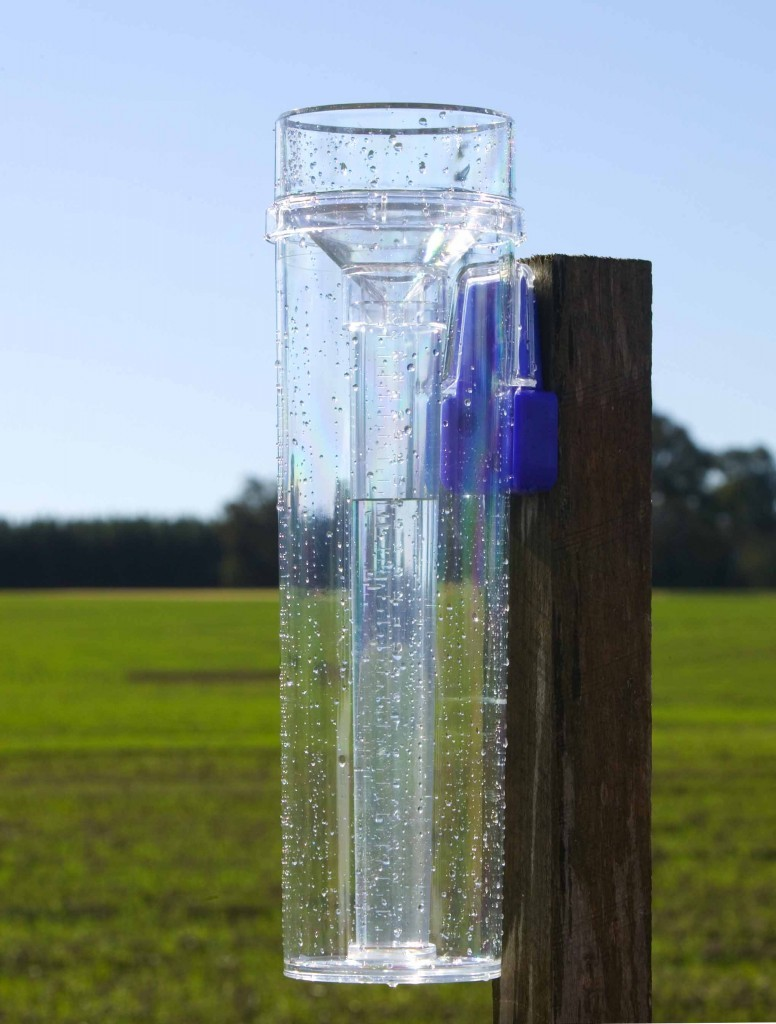
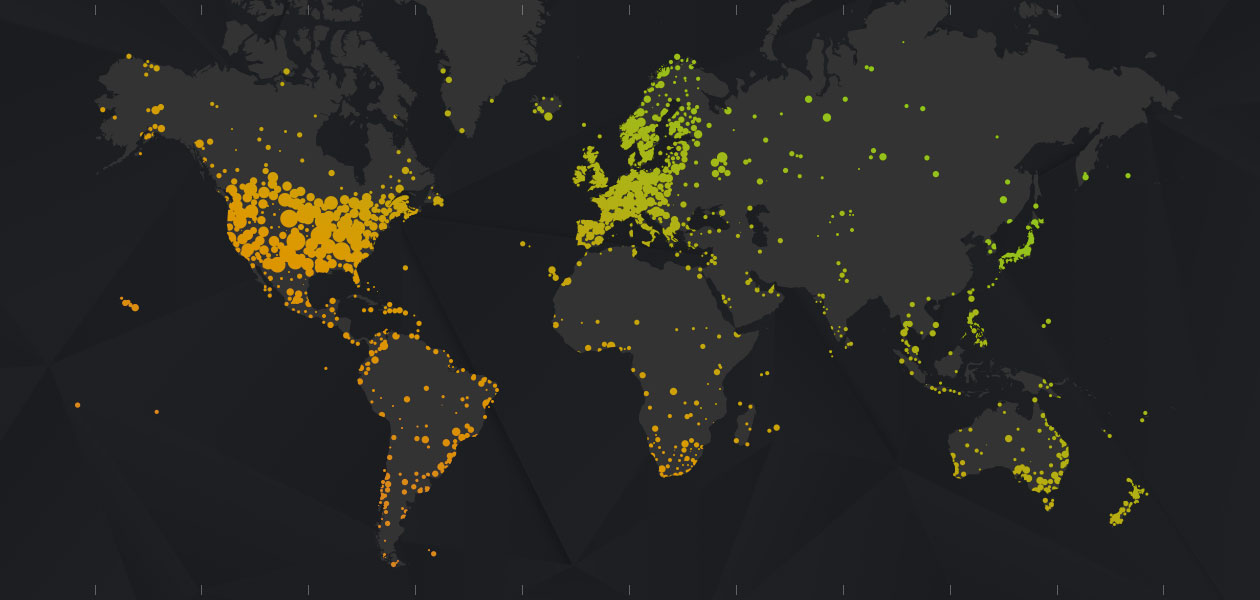
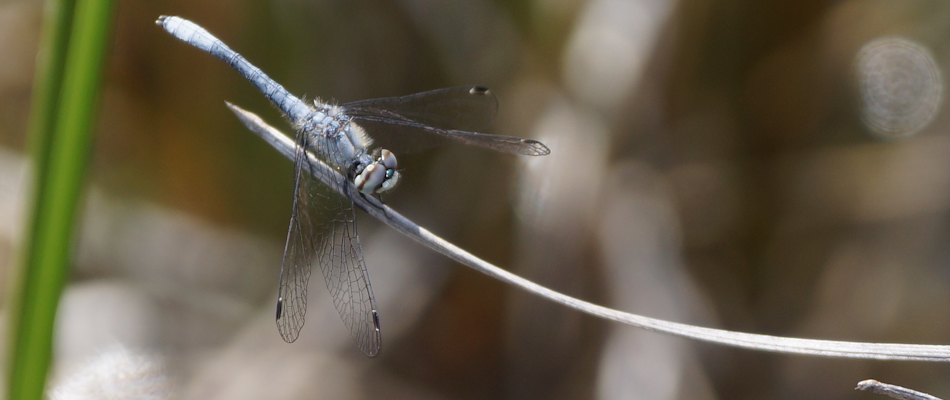
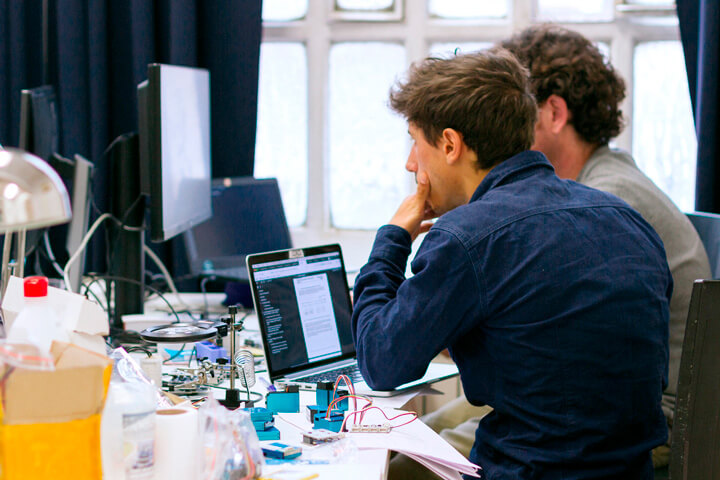
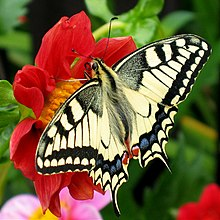
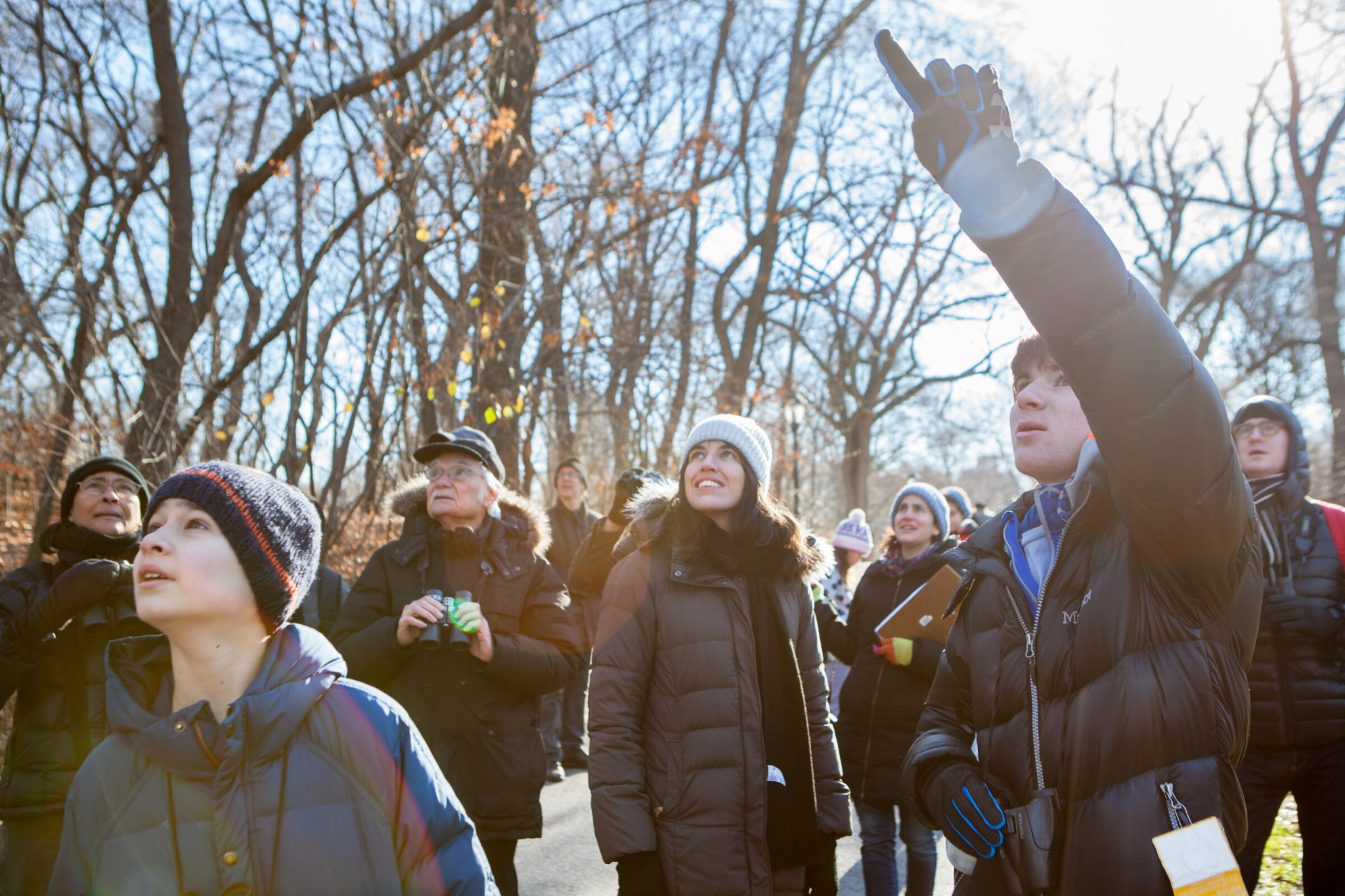 By Dan Pancamo - Flickr: Painted Bunting, CC BY-SA 2.0
By Dan Pancamo - Flickr: Painted Bunting, CC BY-SA 2.0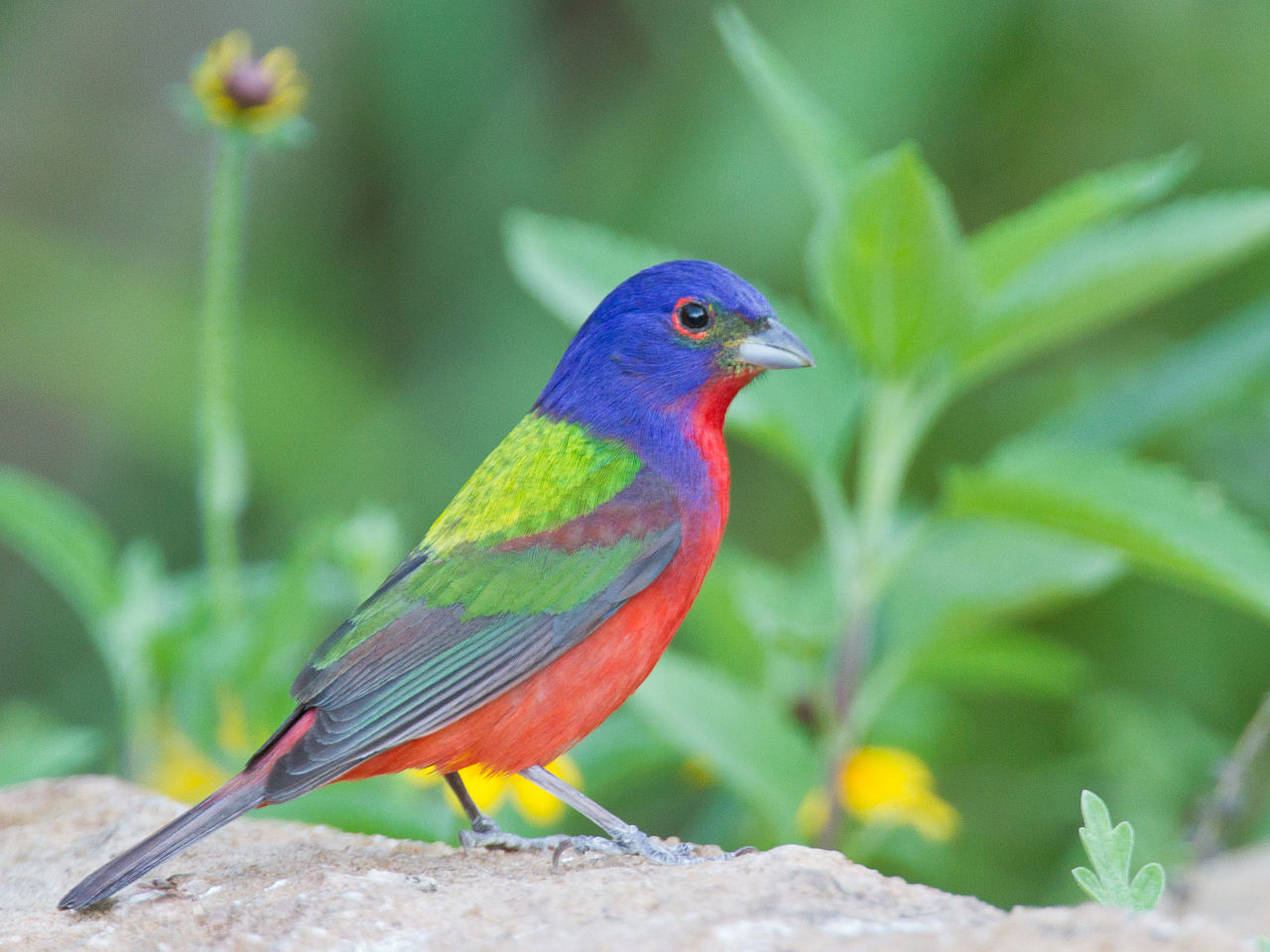
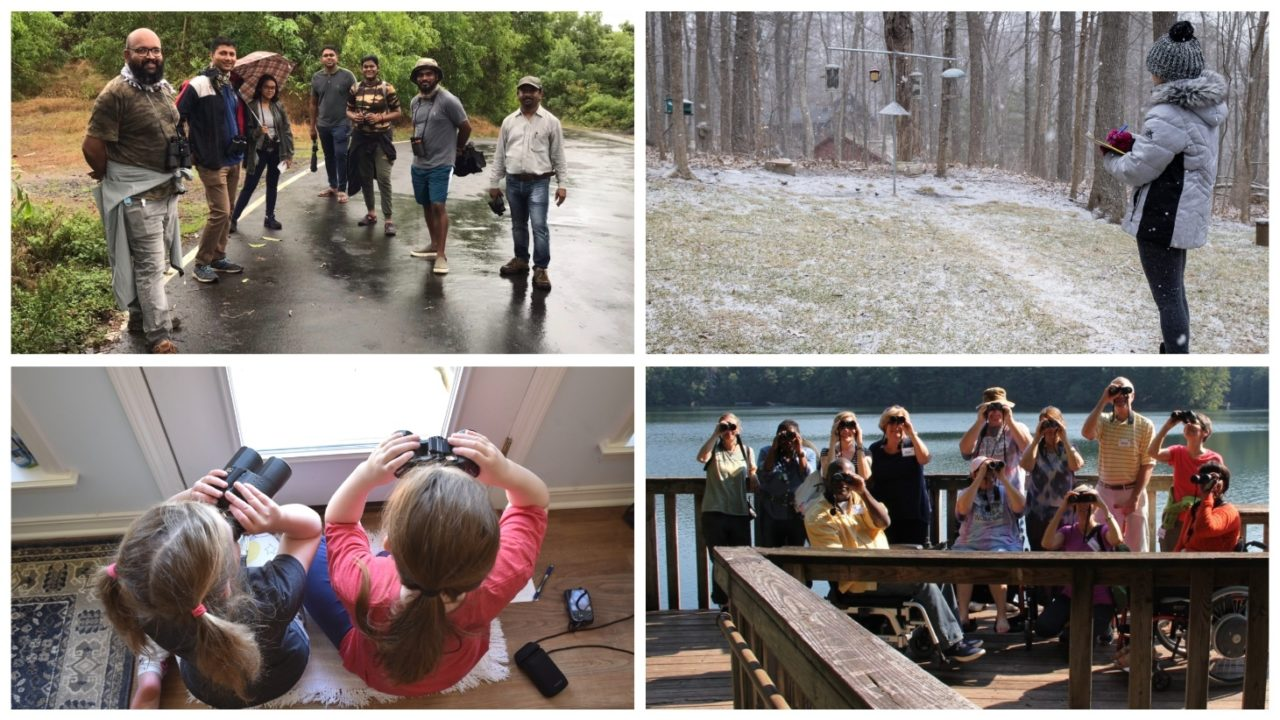
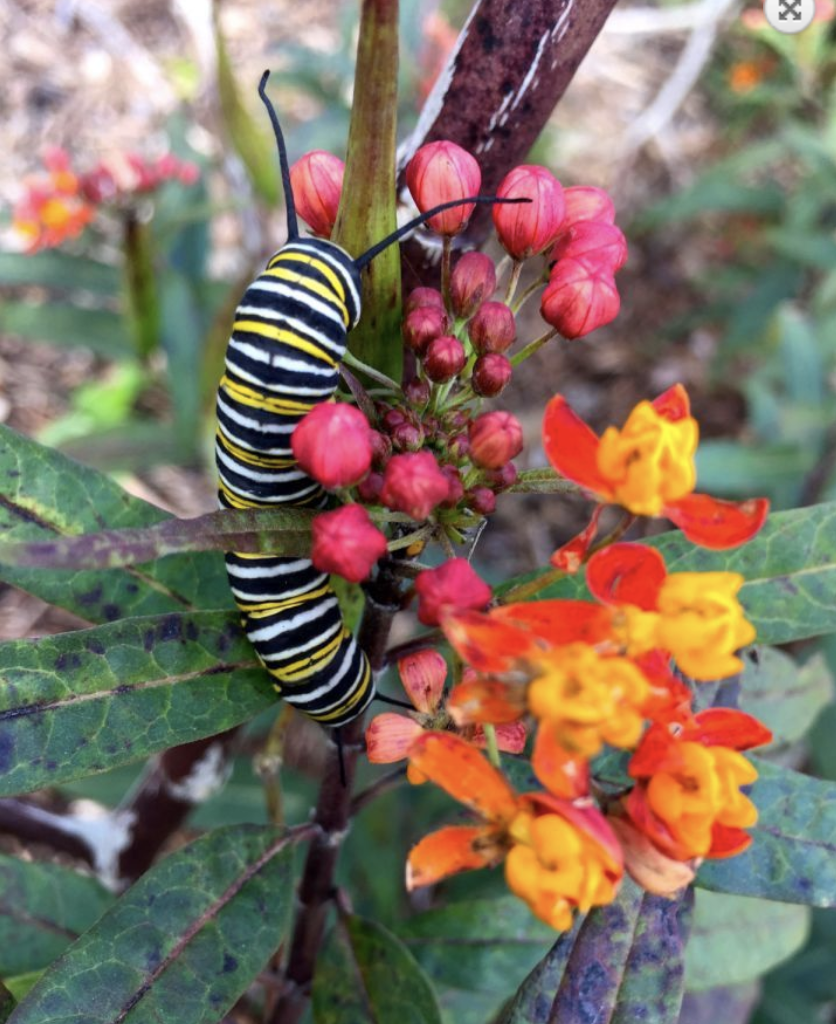
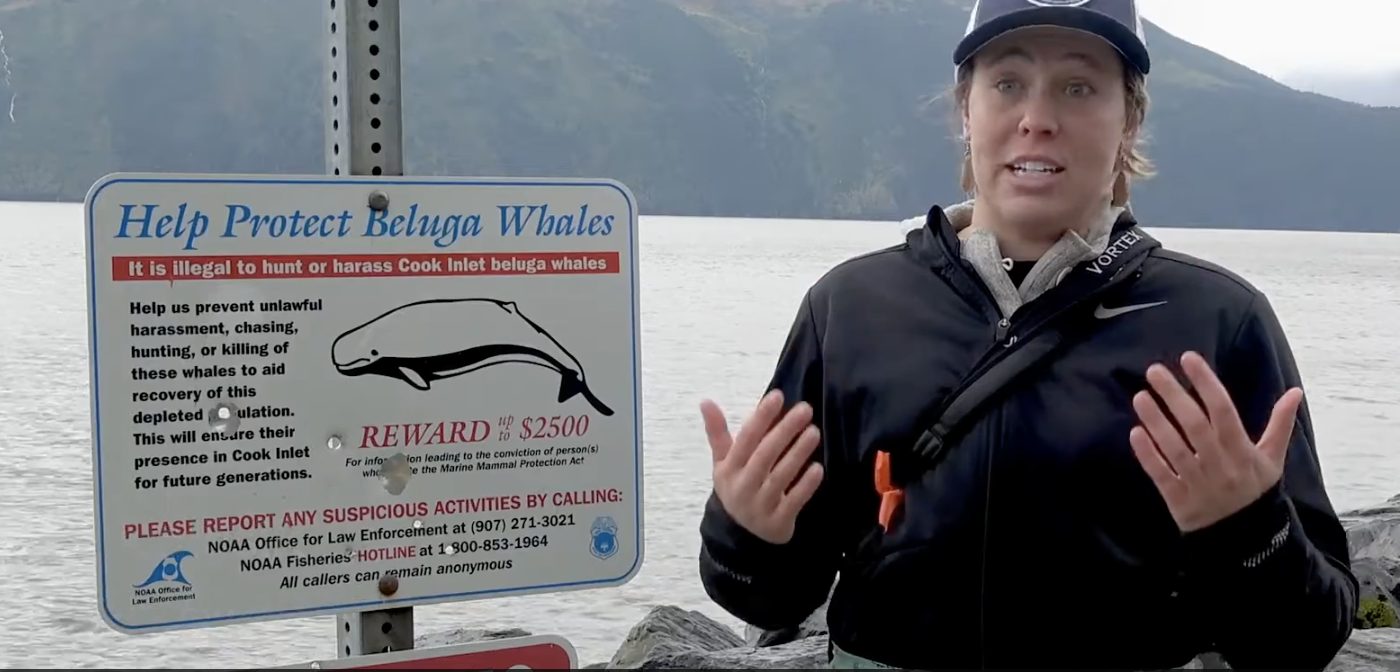
Arctic communities were among the first to experience significant impacts from climate change. In 2009, the Alaska Native Tribal Health Consortium (ANTHC) established the Center for Climate and Health to help describe connections between climate change, environmental impacts, and health effects. In 2012, LEO Network was launched as a tool to help the tribal health system and local observers to share information about climate and other drivers of environmental change. The database includes webinars and diverse citizen observations on bird and mammal die offs, unusual sightings, coastal erosion, breakup, storm effects and much more. In 2015, LEO Network was selected as a model program under the United States Chairmanship of the Arctic Council, to help raise awareness and improve communication about climate change in the circumpolar region. Today LEO Network is continuing to evolve and to build new partnerships with local observers - across the Arctic and around the world.
Alaska Arctic Observatory & Knowledge Hub
A partnership for residents of Arctic Alaska coastal communities to share expertise and knowledge of changing coastal conditions.
BioMap Alaska - Citizen Science for Alaska's Oceans
BioMap Alaska is a citizen science observation and information management tool. BioMap Alaska engages residents of coastal communities to voluntarily report observations and local knowledge of marine life. This project is intended to improve and expand upon science based monitoring activities, and to further cooperation and collaboration among local people, researchers, and resource managers. We provide a field guide of “species of interest” on which we are seeking information and web-based data logging so that observers can enter their observations and view these on an online map. Anyone who is interested can view the BioMap data.
Indigenous Observation Network
The Indigenous Observation Network (ION) is a collaborative research and monitoring project to preserve and protect the Yukon River for future generations and the continuation of a traditional Native way of life. Since 2006, the USGS National Research Program and Yukon River Inter-Tribal Watershed Council (YRITWC) have been partnering to collect water-quality samples from the Yukon River and tributaries with the assistance of trained Indigenous citizens living in the Yukon River Basin. Through this partnership over 300 Indigenous citizens have been trained in water sample collection, which has resulted in over 1500 samples collected at more than 54 sites covering the entire 2,300 mile reach of the Yukon River since the program began. In addition to water-quality monitoring a permafrost monitoring project began in 2009 called the Active Layer Network. This project measures the thickness of the active layer on an annual basis and collects air and soil temperature readings as well as soil moisture measurements at 20 locations across the Yukon River Basin and Alaska and Canada. Note: Volunteers must be trusted local citizens that are recommended by Tribal Councils, Newsletter, YRITWC outreach.